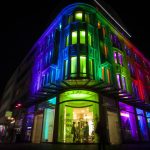Optimizing Your Cannabis Growth: Which Color LED Light is Best?
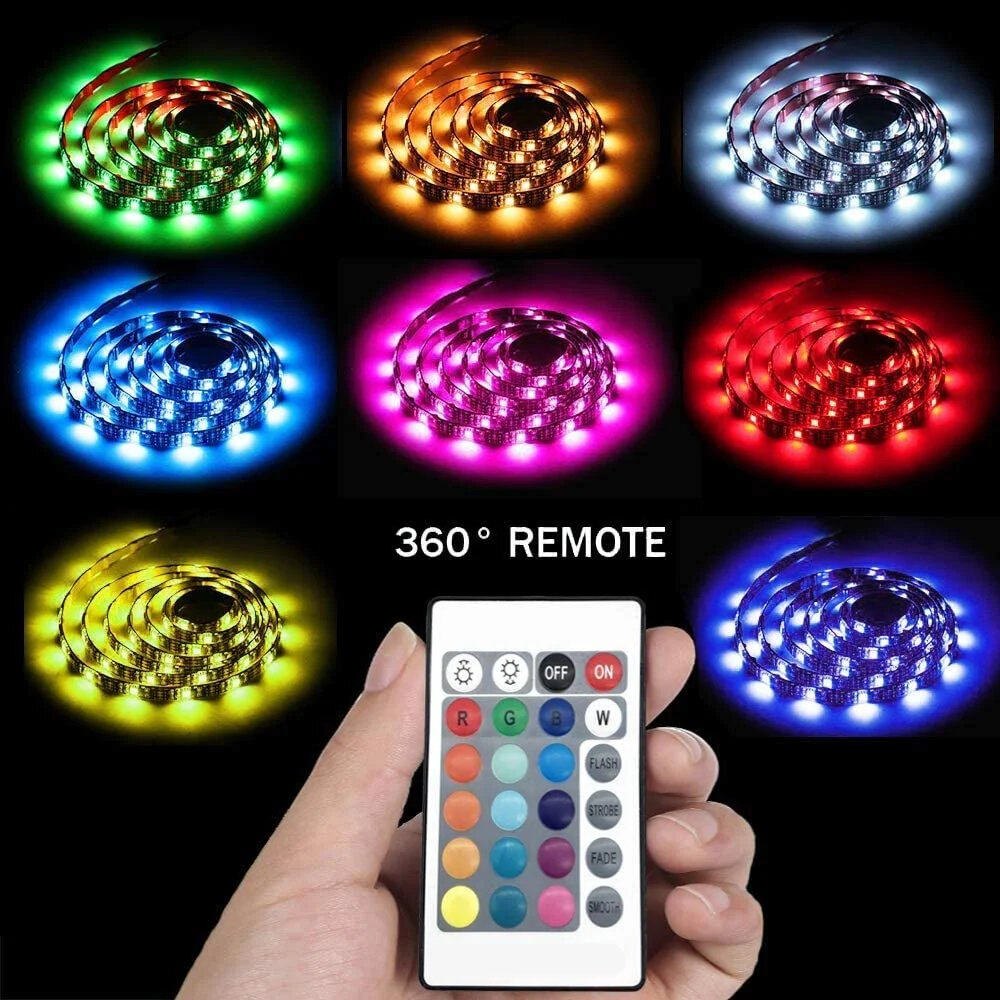
As the legal cannabis industry continues to grow, cultivators are seeking new ways to optimize their plant growth and maximize yields. One of the most important factors in cannabis cultivation is lighting, and LED lights have become increasingly popular due to their energy efficiency and customizable spectrum. However, with so many different colors and spectrums available, it can be difficult to determine which LED light is best for cannabis growth. In recent years, research has shown that different colors of light can have a significant impact on cannabis growth and development. Red and blue LED lights are commonly used in cannabis cultivation, but newer technologies such as full-spectrum and white LED lights are also gaining popularity. Understanding the benefits and drawbacks of each color and spectrum can help cultivators make informed decisions when selecting lighting for their cannabis grows. In this article, we will explore the different colors and spectrums of LED lights and their effects on cannabis growth, as well as provide recommendations for optimizing your cannabis grow with the best LED lighting.
Cannabis growth is a complex process that requires careful attention to environmental factors, such as light, temperature, and humidity. One critical aspect of cannabis cultivation is the use of LED lights, which are now widely considered the most effective lighting option for indoor growers. LED lights offer numerous benefits, including energy efficiency, longer lifespan, and the ability to adjust color and intensity to meet the specific needs of various stages of plant growth. In particular, the color of LED lights plays a crucial role in cannabis growth, as different colors can stimulate different physiological responses in the plant. Therefore, selecting the right color LED light is essential to optimizing cannabis growth and producing high-quality yields.
Selecting the appropriate color LED light for cannabis growth is crucial for achieving optimal results. Different colors of light have varying effects on the cannabis plant’s growth stages, including germination, vegetative growth, and flowering. For example, blue spectrum LED lights promote vegetative growth, while red spectrum LED lights encourage flowering. Additionally, the intensity of light affects the plants’ growth, with too much or too little light being detrimental to the plant’s development. Therefore, it is essential to choose the right color and intensity of LED light to ensure maximum crop yield and quality. By understanding the science behind light and plant growth, cultivators can make informed decisions and create an ideal growing environment for their cannabis plants.
Understanding the Role of Different Color LED Lights
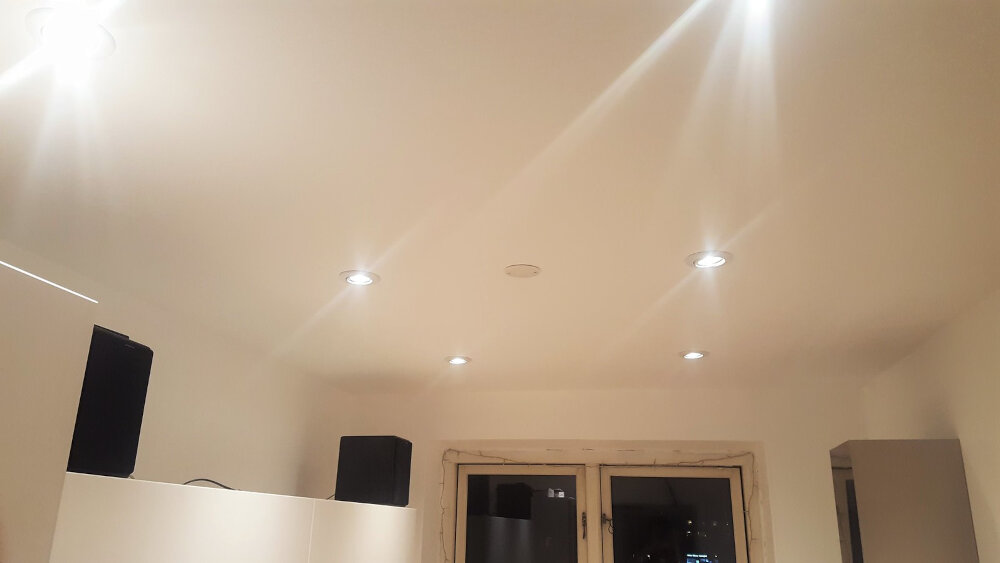
When it comes to optimizing your cannabis growth, it’s important to understand the role of different color LED lights. Each color spectrum of light has a unique effect on plant growth and development. Red and blue lights, for example, are commonly used for indoor growing because they are the most efficient at photosynthesis. Red light promotes flowering and fruiting, while blue light promotes vegetative growth. This is because red light has a longer wavelength and is better at penetrating the plant’s canopy, while blue light has a shorter wavelength and is better for promoting leaf growth. In addition to red and blue lights, there are other color spectrums that can be beneficial for cannabis growth. Green light, for instance, can help with plant structure and growth, while yellow light can stimulate the production of essential oils and terpenes. UV and far-red lights can also have unique effects on plant growth, such as increasing THC levels or promoting stem elongation. Understanding the role of each color spectrum and how it can affect your cannabis plants is crucial for achieving optimal growth and yields.
Understanding the different color spectrums is crucial when it comes to optimizing cannabis growth. Red light, for instance, promotes elongation of stems, while blue light promotes the growth of leaves. Green light, on the other hand, has no significant effect on plant growth. When it comes to cannabis, however, the most critical color spectrums are blue and red. Blue light is best for the vegetative stage, as it promotes the growth of leaves, while red light is ideal for the flowering stage, as it promotes the growth of buds. By utilizing LED lights with specific color spectrums, growers can adjust the light to cater to the plant’s specific growth stage, resulting in healthier and more robust plants.
When it comes to cannabis growth, the debate about the best color of LED light, red or blue, is ongoing. Both red and blue lights have their advantages and disadvantages, depending on the stage of growth you’re in. For vegetative growth, blue light is ideal as it promotes the development of strong stems and leaves. Red light, on the other hand, is better suited for flowering as it stimulates the production of buds and flowers. However, a combination of both red and blue light is the best approach for optimal growth and yield. It’s worth noting that the intensity and duration of light exposure are also essential factors to consider when using LED lights for cannabis growth.
The Benefits of Red LED Lights
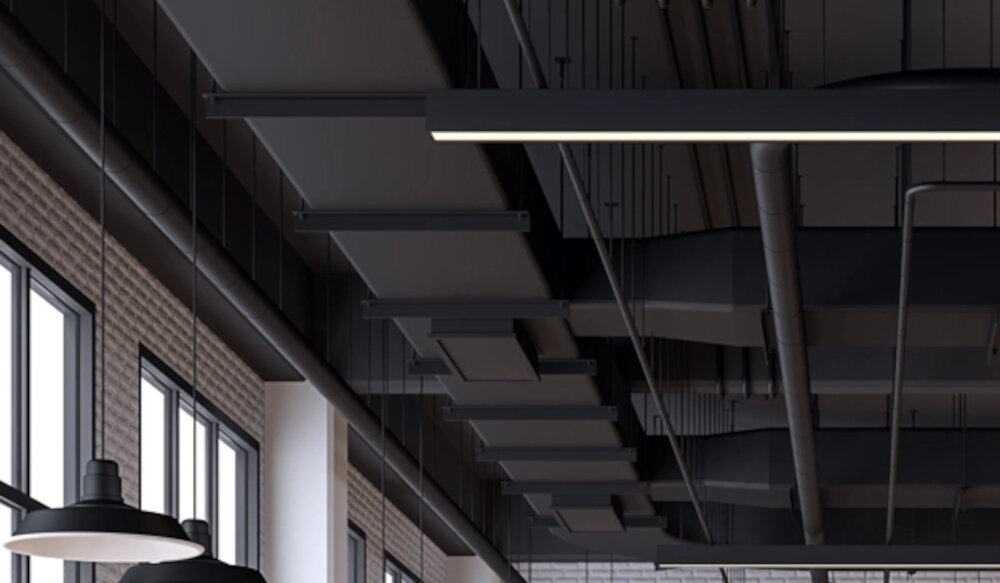
Red LED lights have proven to be highly beneficial in optimizing cannabis growth. These lights, with a wavelength of 620 to 750 nanometers, are highly effective in enhancing the growth of plants. They stimulate photosynthesis, which is the process by which plants convert light energy into chemical energy. This energy is then used to fuel plant growth and development. Red LED lights also promote the germination and rooting of cannabis plants, which is crucial for their survival and growth. These lights also help to improve the quality and yield of cannabis plants, making them a popular choice among cannabis growers. One of the most significant benefits of using red LED lights in cannabis growth is their energy efficiency. Unlike other types of lights, red LED lights consume less energy while providing optimal light for cannabis growth. This makes them an eco-friendly option for growers who want to reduce their carbon footprint. Additionally, red LED lights emit less heat, which reduces the risk of heat damage to cannabis plants. This helps to maintain a stable temperature in the grow room and reduces the need for additional cooling equipment. Overall, the benefits of red LED lights in cannabis growth make them a popular choice among growers who want to optimize their yield while reducing their environmental impact.
Red light is an essential component in promoting the flowering and bud development of cannabis plants. This is because red light has a longer wavelength that can penetrate deeper into the plant’s canopy, stimulating the production of hormones responsible for flowering. When plants receive red light, phytochrome pigments absorb the light and trigger a cascade of hormonal changes that signal to the plant to begin flowering. Additionally, red light can increase chlorophyll production, which enhances the plant’s ability to photosynthesize and create energy for growth. Therefore, incorporating red LED lights into your cannabis grow setup can help optimize your plant’s growth and maximize yields.
The impact of red light on cannabis yield and potency is significant as it plays a crucial role in the plant’s growth and development. Red light has a longer wavelength and is responsible for triggering the flowering stage, which is essential for bud formation. It helps in the development of chlorophyll, which is responsible for the plant’s green color and the process of photosynthesis. Additionally, red light is known to increase the plant’s potency by promoting the production of trichomes, which are responsible for the plant’s psychoactive effects. Therefore, incorporating red LED lights in your cannabis grow room can promote better growth and yield while also enhancing the strain’s potency.
When it comes to using red LED lights in your cannabis grow setup, there are a few specific recommendations to keep in mind. First and foremost, it’s important to understand that red light is most effective during the flowering stage of growth, as it promotes the production of buds and flowers. Therefore, it’s recommended that you use red LED lights during the later stages of growth, when your plants are in the flowering stage. Additionally, you’ll want to make sure that your red LED lights are of high quality and provide a sufficient amount of light intensity. This will ensure that your plants receive the full benefits of the red light spectrum and produce healthy, high-quality buds. Finally, it’s important to monitor your plants closely and adjust your lighting setup as needed to ensure optimal growth and yield.
The Benefits of Blue LED Lights
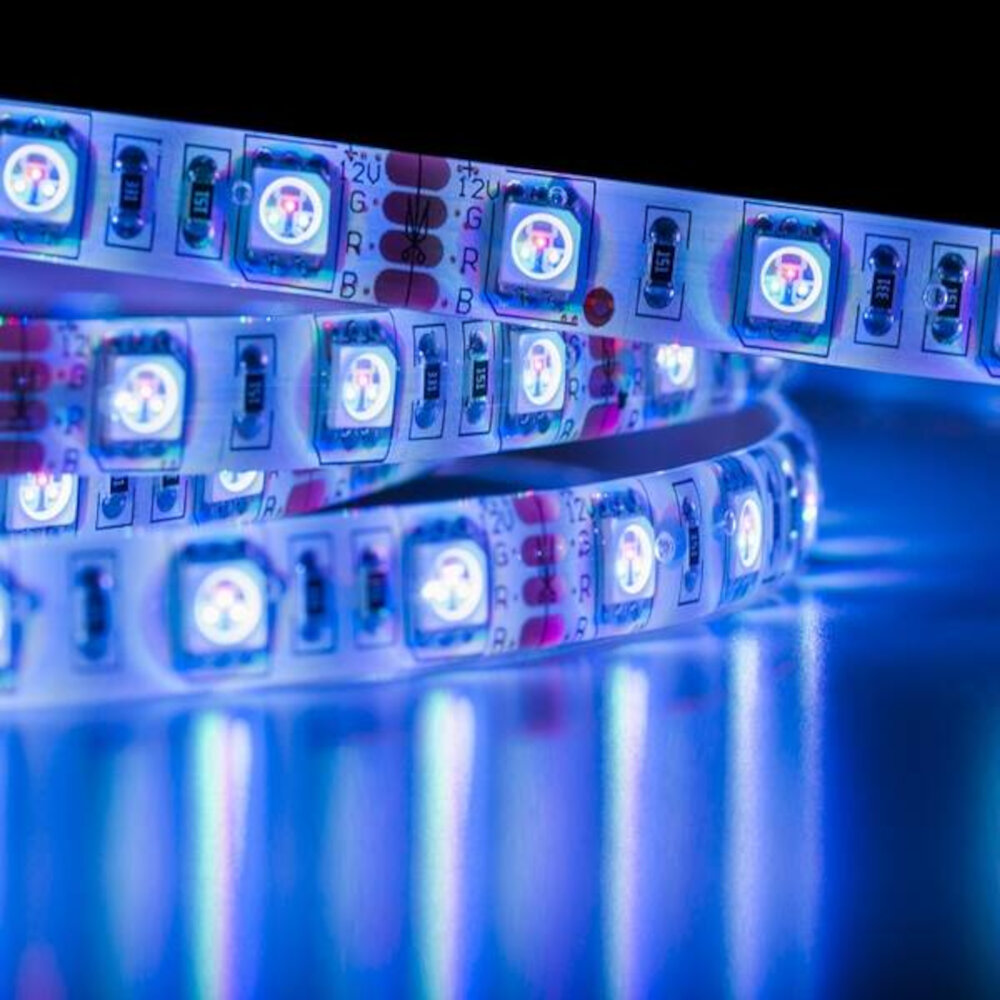
When it comes to growing cannabis, light is one of the most crucial factors in determining the success of your crop. While there are many different types of lights available, blue LED lights stand out as being particularly beneficial. One of the key advantages of blue LED lights is that they provide a high level of energy that is ideal for promoting plant growth. This is because blue light has a shorter wavelength than other colors, which means that it has more energy to provide to your plants. This energy can be used to fuel photosynthesis, which is the process by which plants convert light into energy that they can use to grow. In addition to promoting growth, blue LED lights can also help to increase the potency of your cannabis plants. This is because blue light has been shown to stimulate the production of THC, which is the compound responsible for the psychoactive effects of cannabis. By providing your plants with plenty of blue light during the flowering stage, you can help to boost their THC levels and create a more potent final product. Overall, blue LED lights are an excellent choice for anyone looking to optimize their cannabis growth and maximize their yields. With their energy-boosting properties and ability to enhance THC production, blue LED lights are a valuable tool for any serious cannabis grower.
Blue light has been shown to promote vegetative growth and overall plant health in cannabis plants. This is because blue light has a shorter wavelength and higher energy than other colors in the light spectrum, which allows it to penetrate deeper into the plant’s leaves and stimulate the chloroplasts responsible for photosynthesis. Additionally, blue light can help regulate plant hormones, such as auxins and gibberellins, which are responsible for cell elongation and overall plant growth. By providing cannabis plants with the right amount of blue light, growers can ensure their plants grow strong and healthy, with robust stems, lush foliage, and an overall increased yield come harvest time.
The impact of blue light on plant structure and leaf development is significant. Blue light has a shorter wavelength than other colors and is essential for chlorophyll production, which is necessary for photosynthesis. Blue light can also affect the plant’s phototropism, which determines the direction of plant growth. Plants exposed to high levels of blue light tend to have shorter stems and thicker leaves, while those exposed to low levels of blue light tend to have longer stems and thinner leaves. Furthermore, blue light can help induce flowering in some plants, making it an essential tool for growers looking to optimize their cannabis growth. However, it’s important to note that too much blue light can be harmful to plants, leading to stunted growth and reduced yields.
When using blue LED lights in your cannabis grow setup, it’s important to keep in mind that they are best utilized during the vegetative stage of growth. Blue light has a shorter wavelength and higher energy than other colors, which encourages the growth of strong, healthy stems and leaves. However, it’s important to balance blue light with other colors, such as red and white, to avoid stunted growth and deficiencies. Additionally, it’s recommended to use blue LED lights for 18-24 hours per day during vegetative growth, and then switch to a mix of red and blue lights during the flowering stage. Overall, incorporating blue LED lights into your cannabis grow setup can have a significant impact on the health and productivity of your plants, but it’s important to use them in conjunction with other colors and with careful attention to timing and duration.
Choosing the Right LED Light for Your Cannabis Grow

Choosing the right LED light for your cannabis grow is crucial for maximizing yields and quality. LED lights are the preferred choice for indoor cannabis cultivation due to their energy efficiency, low heat output, and customizable spectrum. However, with so many options available in the market, it can be overwhelming to choose the right one. The first factor to consider is the size of your grow space. The larger the space, the more powerful the LED light should be. It is recommended to have a minimum of 32 watts of actual power per square foot for optimum growth. Another important factor to consider is the color spectrum of the LED light. Cannabis plants require different light spectrums during different stages of growth. During the vegetative stage, plants require blue light with wavelengths between 400-500 nm, which promotes growth and development. In contrast, during the flowering stage, plants require red light with wavelengths between 600-700 nm, which stimulates bud formation and overall yield. Many LED lights offer customizable spectrum settings, allowing growers to adjust the light spectrum according to the stage of growth. It is important to choose a LED light that provides both blue and red wavelengths, as well as other spectrums such as UV and IR, for optimal growth and yields.
When selecting LED lights for your cannabis grow, there are several factors to consider. One important factor is the color spectrum of the LED lights. Cannabis plants require different wavelengths of light during different stages of growth, with blue light being ideal for vegetative growth and red light being ideal for flowering. Additionally, the wattage and intensity of the LED lights should be considered to ensure that your plants receive enough light for optimal growth. The quality and durability of the LED lights are also important factors to consider, as well as any additional features such as dimming options or adjustable spectrums. Ultimately, selecting the right LED lights for your cannabis grow requires careful consideration of these factors to ensure that your plants receive the ideal lighting for healthy and productive growth.
When it comes to selecting the perfect LED light for your cannabis growth, the type of grow you have will determine the type of LED light you need. For indoor grows, a high-powered LED light such as the Spider Farmer SF-4000 LED Grow Light is perfect for optimal growth. This model covers a large area and emits a bright light that allows for healthy growth. For outdoor grows, a model such as the Phlizon CREE Cob Series 2000W LED Plant Grow Light is ideal. It is waterproof, durable, and can withstand harsh weather conditions, which is essential for outdoor growing. For hydroponic grows, the VIPARSPECTRA UL Certified 1200W LED Grow Light is perfect. This model is designed for hydroponic growing, and it emits a full spectrum of light that is suitable for all growth stages. For soil grows, the MARS HYDRO TS 3000W LED Grow Light is perfect. It is energy efficient, powerful, and provides a full spectrum of light that is perfect for soil grows.
In summary, selecting the appropriate color LED light for your cannabis cultivation is crucial for the plant’s healthy growth and yield. Red and blue spectrum lights are the most commonly used for indoor cultivation, as they provide the necessary wavelengths for photosynthesis and energy production. However, other colors such as green, yellow, and white can also play a significant role in the plant’s development and overall quality. It’s important to understand the different light spectrums and how they affect cannabis growth to tailor the lighting system to your specific needs. By optimizing your LED lighting, you can enhance the potency, flavor, and aroma of your cannabis while decreasing the grow time and minimizing energy costs.
In conclusion, optimizing cannabis growth with LED lights requires careful consideration of several factors. First and foremost, cultivators should invest in high-quality LED lights that emit the right spectrum of light for the growth stage of their plants. Blue light is ideal for vegetative growth, while red light is best for flowering. Additionally, growers should ensure that their plants receive the recommended amount of light each day and that the lights are positioned at the correct distance from the plants. It is also important to maintain a consistent temperature and humidity level in the grow room, as well as to provide adequate ventilation. By following these recommendations, cannabis cultivators can maximize their yields and produce high-quality buds with the help of LED lights.
Conclusion
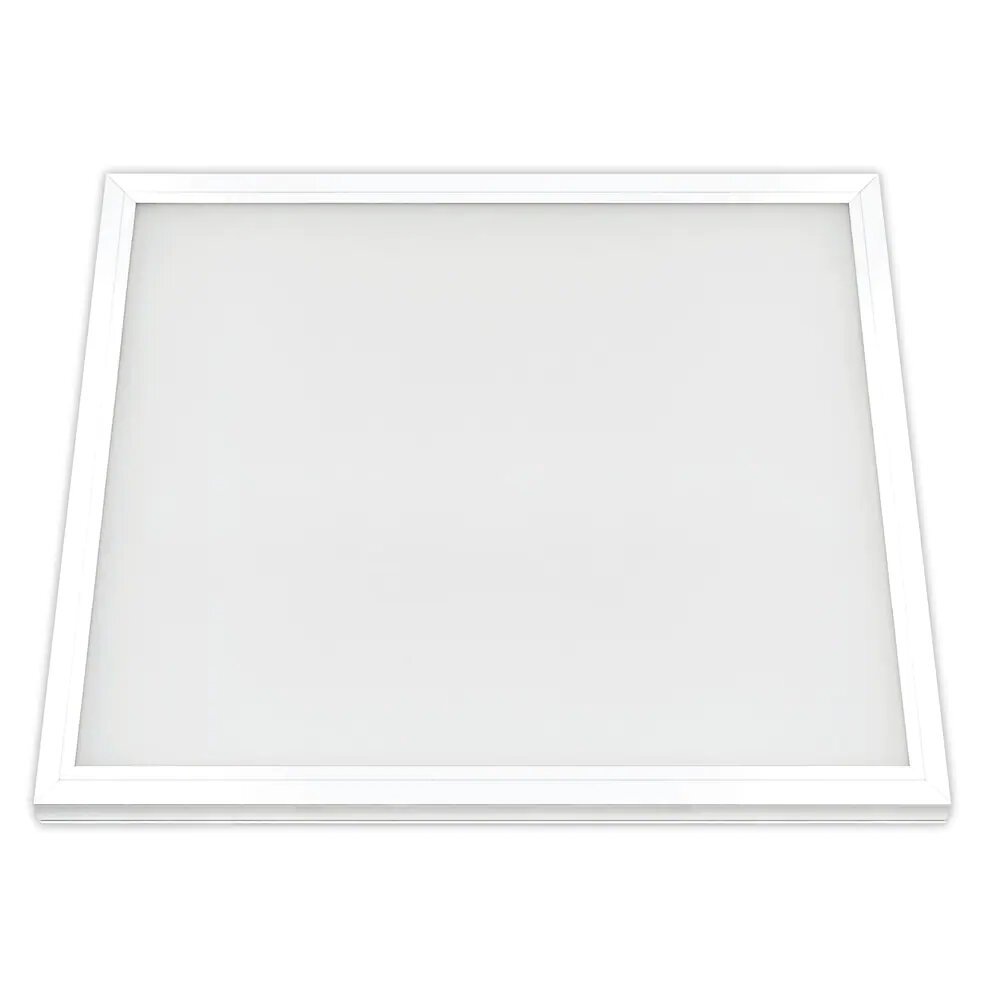
In conclusion, the type of LED light color used in cannabis growth plays a crucial role in optimizing the plant’s growth and yield. While each color spectrum has its advantages, it ultimately depends on the stage of the plant’s growth and the desired outcome. Red and blue lights are ideal for the vegetative stage, while orange, yellow, and white lights are best suited for the flowering stage. It is essential to understand the various color spectrums and their effects on plant growth to make an informed decision on the best LED light color for your cannabis growth. By choosing the suitable LED light color, you can maximize the plant’s growth, yield, and potency, ultimately leading to a successful cannabis harvest.




